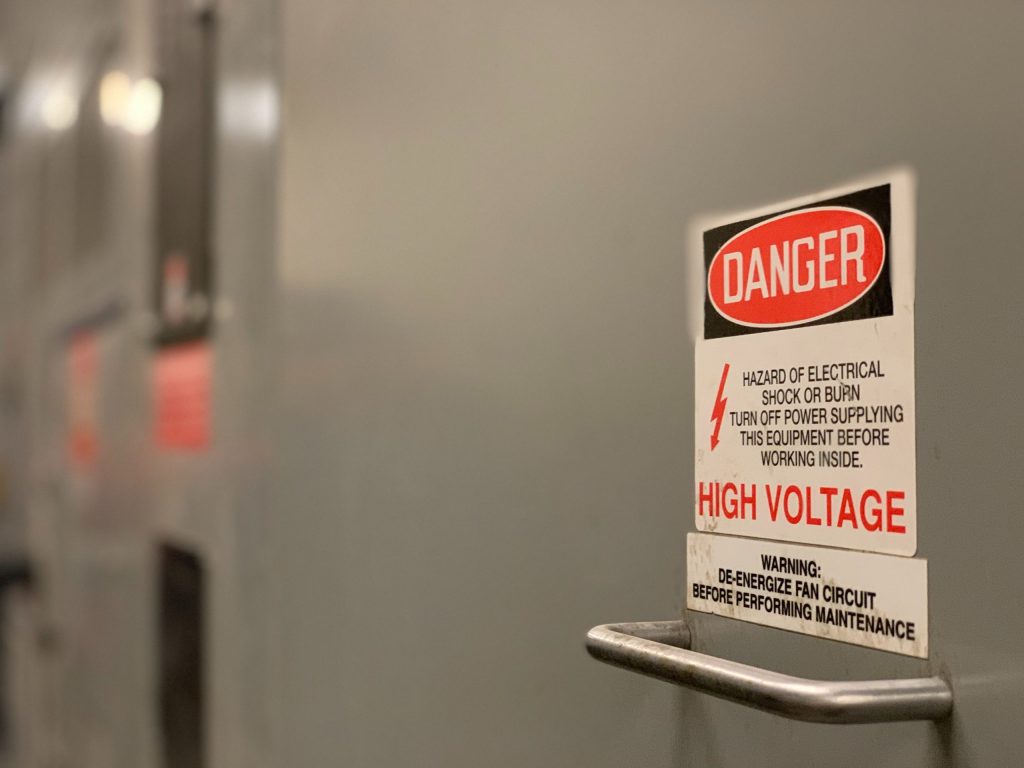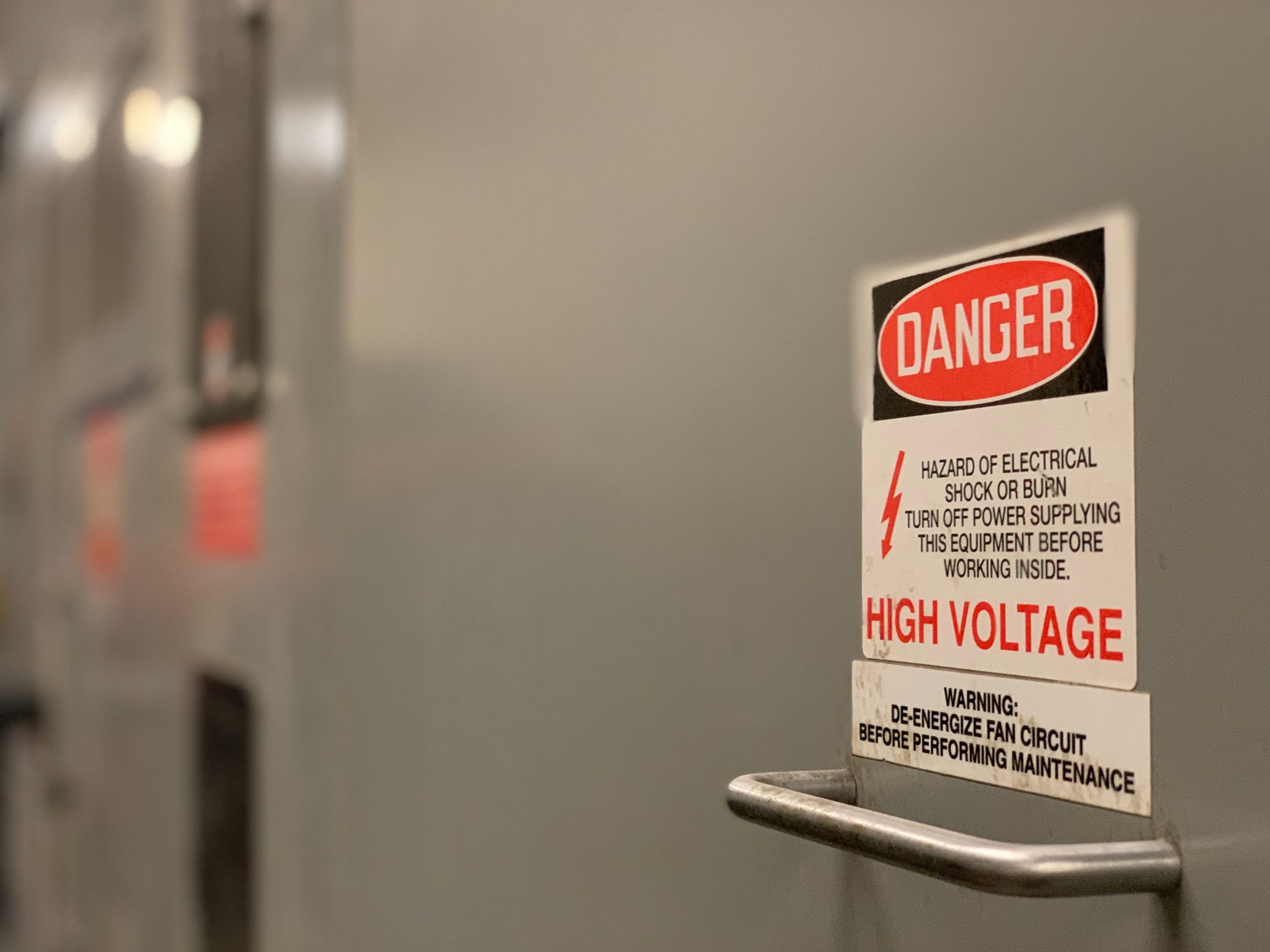The Pernot household is no stranger to the importance of safety. My husband, having worked in construction for years, lives and breathes it, as he is acutely aware that every day he is responsible for the lives and well-being of his crew.
And moi, having worked in large, manufacturing companies for a great portion of my career, safety has always been a common mantra. And in my not so humble opinion that’s a very good thing.
Having led leadership development workshops for years, most mornings we start out with a safety moment – a great way to remind others to be vigilant and mindful when we silly humans have a dangerous tendency to switch onto autopilot. Over the years I’ve learned a lot about process safety in a high-risk environment, as well as the terrifying danger of escalators in suburban shopping malls (stay away from those things if you’re wearing sandals people – just saying…)
But I’ve started noticing something interesting that’s been popping up in just about every interaction I’ve been having lately, even before COVID-19 appeared so unapologetically and intrusively onto the scene. Instead of signing off an email or conversation with “sincerely,” or “thanks” or “see you soon,” I’m increasingly being met with the closing phrase of “be safe” or “stay safe.”

Turn on the TV, and dangers are everywhere. We’re reminded daily of the fact that the world we live in is very much less than perfect. Behind every shrubbery lurks a child molester, or a would-be burglar, intent on stealing our precious worldly possessions. We install sophisticated security systems, cameras, doorbells like Ring with the capability to monitor and survey 24/7. Instead of using the electronic neighborhood bulletin boards to foster community and fellowship, we post blurry pictures of ominous shadowed would be assassins and the offending dog owner that always allows Fluffy to do his business in our perfectly manicured lawn (Jerk! I’m watching you…).
Ironically, we’ve never been safer. In a recent New York Times Best-Seller, The Coddling of the American Mind: How Good Intentions and Bad Ideas are Setting Up a Generation for Failure, Lukinahoff and Haidt lay out a compelling and research based case for how we have embraced a culture of “safetyism,” a dangerous trend that impedes an adult’s capacity to navigate the bumpy road of life, despite the fact that we live in a safer than ever before world. The result is a generation (and overwhelming larger and larger part of the population) who are increasingly “triggered” by every little thing, aided by the very well-intentioned helicopter mom, lawnmower parent, or whatever they are called these days. (You know you’re guilty…)
I have often wondered if our environment has evolved much more quickly than our brains have. A hundred or so years ago (which really isn’t long in the grand scheme of the planet) things were very different. My husband’s grandmother’s obituary read like a lifetime movie. Born in France in the early 1900’s, her father died in WW1, her mother died right after that, leaving her an orphan at age six. Raised by a family member, she then married young, and quickly became a widow when her husband was drafted and then killed in WW2. She lived to the ripe old age of 98, and was reputed to be tough as nails – and it’s not hard to see why.
But despite how civilized things have become, we’re genetically hardwired to see the world as a scary and dangerous place. (Thanks natural selection). Our brains are constantly scanning our environment looking for threats. And low and behold if none exist, our minds are extremely creative in inventing new things to be afraid of. Ultimately, the key is survival, and the more amped up we stay, the greater chance of passing our genes to the next generation. But unfortunately there’s a cost. The more amped up we become, the greater the chance of anxiety, depression and leading an angst filled, frankly – crappy, fear infused life.
When I look back over the course of my life, it’s the stupid, risky, not so safe things I look back on with the most fondness. The things I learned the most from. The things I grew the most from. (With the notable exception of that one time down across the border from Del Rio that I will not go into…). It was the willingness to not play it safe, the willingness and confidence to take a risk that led to a much greater reward. Those were the turning points in my life. Packing up a suitcase and moving to a strange foreign country, driven by passion – making a huge change in my career.
I’m wondering if it would behoove us to remember those moments in these COVID-19 times, because we all have them.

